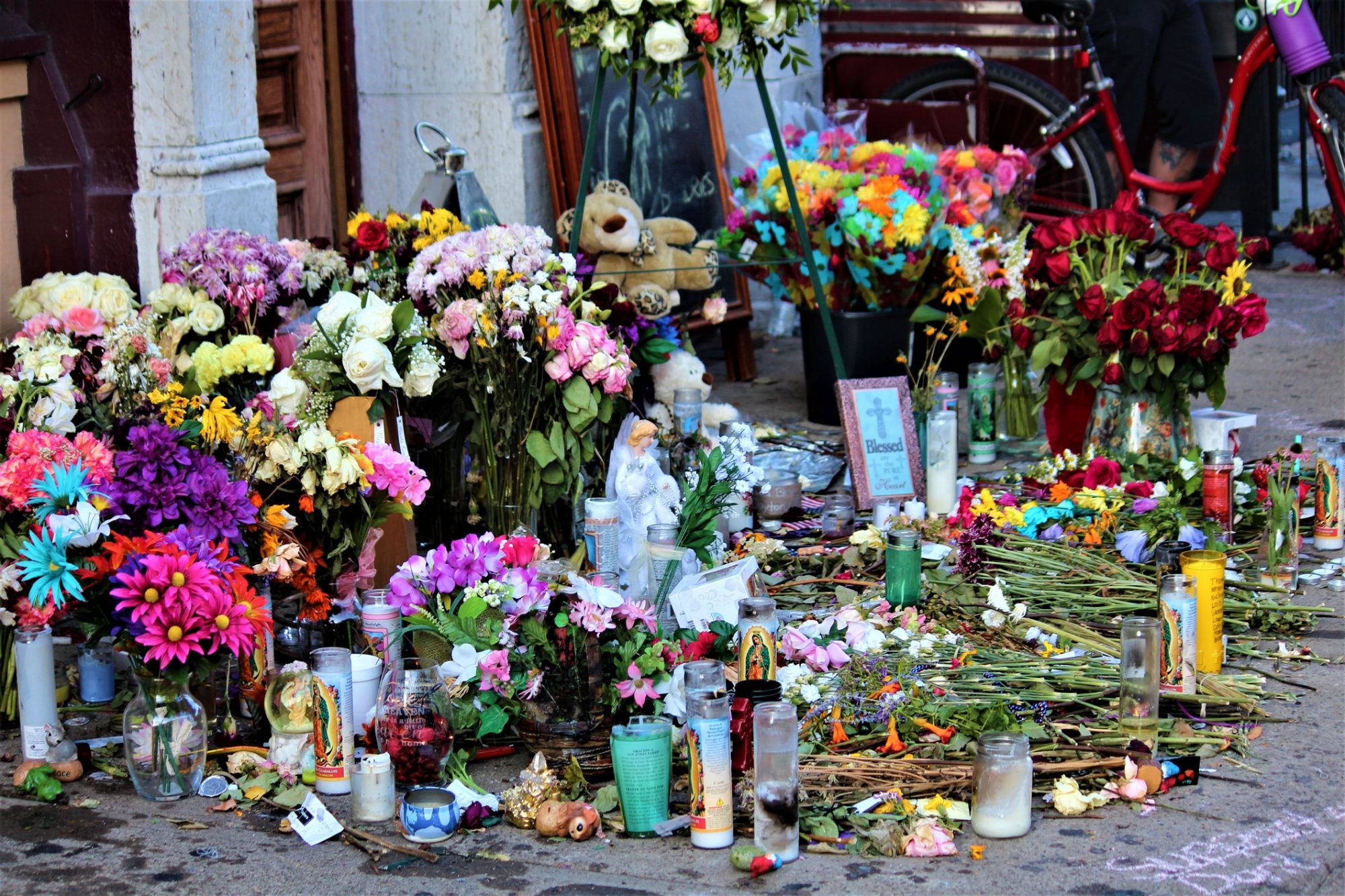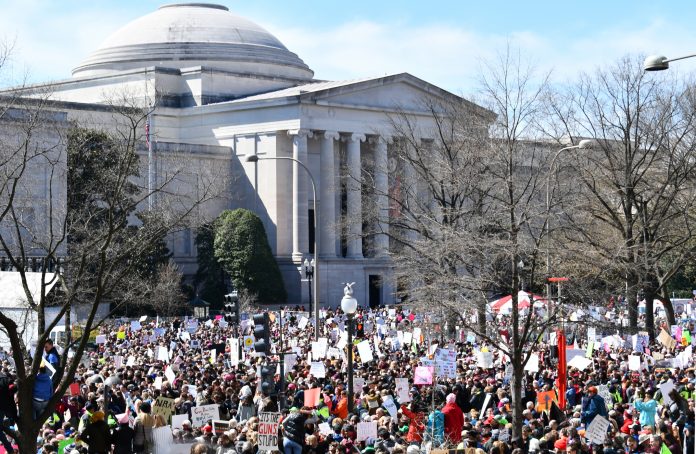Gun violence restraining orders already exist in some states, and research finds that they may contribute to more gun safety and potentially, lower rates of mass shootings
After the mass shooting in Uvalde, Texas, which took the lives of 19 children and two teachers on the 24th of May 2022, legislators of the US government have begun proposing “red flag” laws through gun violence restraining orders.
These “red flag” laws enforce families and household members, employers, and teachers to work with a judge to temporarily remove access to firearms and ammunition from people at significant risk of self-harm or harming others.
Mass shooting threats, which include any threat to shoot an unspecified number of people or more than three people, occurred in almost 30% of all gun violence restraining orders (GVROS) during this period.
Six of the cases involving GVROs were minors, all of whom targeted schools, and the most common individuals served with a GVRO were males with a median age of 39 (93.5%).
“Extreme risk protection orders, or GVROs, offer a common sense, popular, and promising tool for firearm violence prevention.”
About 80% of GVROs were used in cases of threatened interpersonal violence
The study from the Violence Prevention Research Program looks at mortality records from the first three years of California’s GVRO law, showing that GVROs were used most often by law enforcement officers to prevent firearm assault and homicide.
Currently, extreme risk protection orders like these exist in 19 states and the District of Columbia. Among the individuals who had firearms temporarily removed with a restraining order, almost 30% had an assault-type weapon such as an AR or AK-style rifle.
GVROs have been shown to potentially be effective in preventing self-harm, which was threatened in about 40% of the cases. Although no suicides occurred among individuals who were subject to the restraining orders – of the cases that involved a threat to others – almost 30% were directed at intimate partners, 23% at random people, 20% at family members, and about 9% at someone at school.

Veronica Pear, lead author of the study, said: “Extreme risk protection orders, or GVROs, offer a common sense, popular, and promising tool for firearm violence prevention.
“The findings suggest GVROs are being used as intended — to remove firearms from individuals threatening to harm themselves, their intimate partners, co-workers, classmates or the general public.”
Firearms are the number one cause of death in the US
Law enforcement officers filed up to 96.5% of the GVROs, whereas filings by family and household members made up 3.5% of the cases.
The researchers took information from 201 available court case files for GVROs issued during the first three years of implementation in California, characterising the recipients of the orders, the case circumstances and GVRO process details.
They also linked the subjects of the restraining orders to mortality records to evaluate post-ERPO outcomes, finding that most acts of firearm violence are preceded by implicit or explicit threats, including two-thirds of public mass violence.
However, despite these warning signs, law enforcement officers in most states cannot remove firearms from individuals at risk of violence who are not already prohibited from possessing firearms. Thus, California’s “red laws”, made into a Gun Violence Restraining Order law, was created to fill this legal gap.
Garen Wintemute, senior author of the study, said: “Based on the evidence available to date, we believe that ERPOs are effective and enjoy broad public support, including among firearm owners.”





![Europe’s housing crisis: A fundamental social right under pressure Run-down appartment building in southeast Europe set before a moody evening sky. High dynamic range photo. Please see my related collections... [url=search/lightbox/7431206][img]http://i161.photobucket.com/albums/t218/dave9296/Lightbox_Vetta.jpg[/img][/url]](https://www.openaccessgovernment.org/wp-content/uploads/2025/04/iStock-108309610-218x150.jpg)





